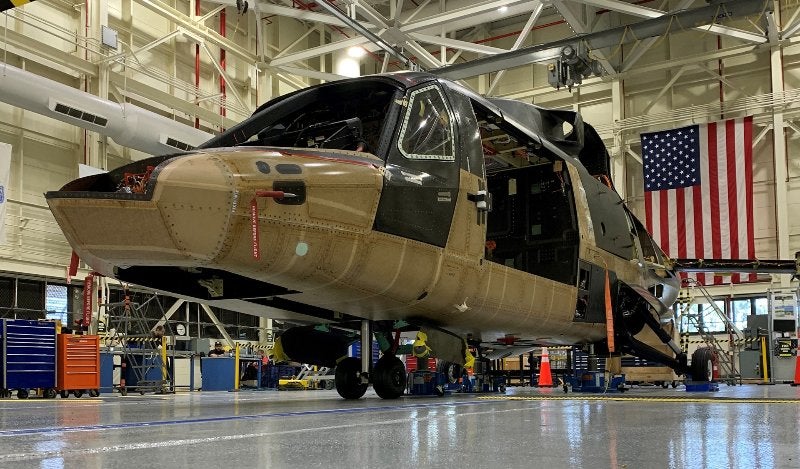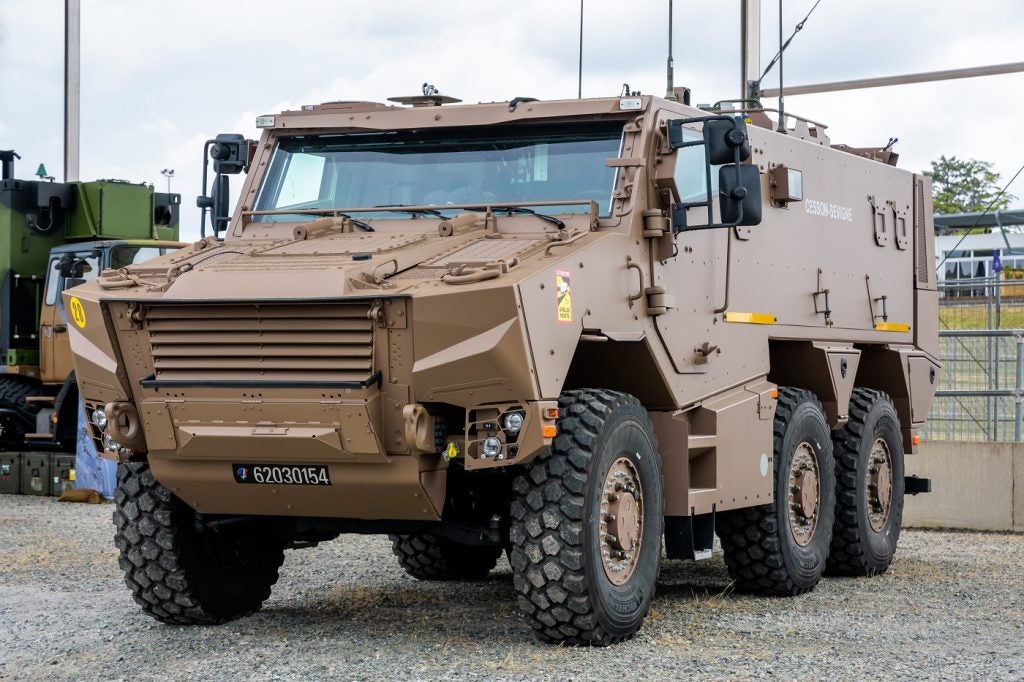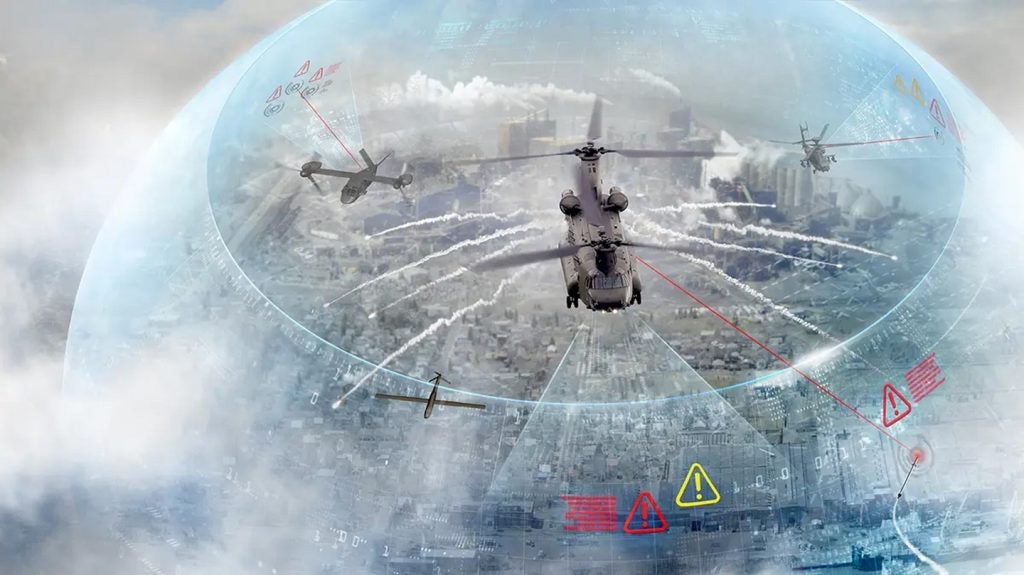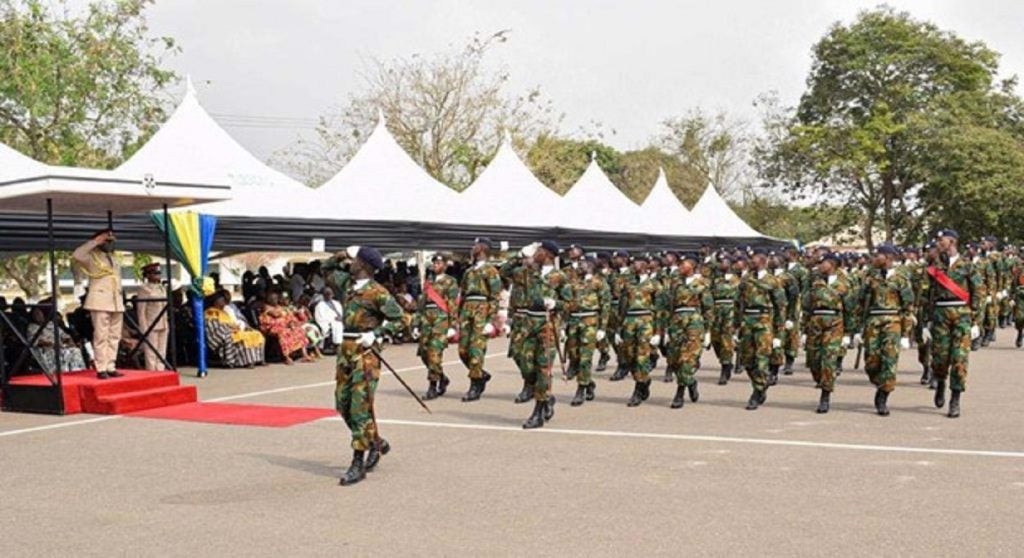The US army will end development of the Future Attack and Reconnaissance Aircraft (FARA) after the conclusion of prototyping activities at the end of FY24 to make available resources for additional investment in a range of other rotorcraft airframes.
This comes as part of a sweeping adjustment to the Army aviation portfolio, following “a sober assessment of the modern battlefield,” according to a release from the US Army on 8 February, 2024.
“Sensors and weapons mounted on a variety of unmanned systems and in space are more ubiquitous, further reaching, and more inexpensive than ever before,” said Chief of Staff of the Army, General Randy George, as part of the announcement that Army investments will be refocussed on uncrewed aerial reconnaissance capabilities.
However, the Army will also phase out operations systems that are “not capable or survivable on today’s battlefield’, including the Shadow and Raven uncrewed aircraft systems (UAS).
The tradeoff between programmes, announced by the Army have also resulted in the end of the production of the UH-60V version of the Blackhawk helicopter, in favour of a multi-year contract to procure the UH-60M version that adds 20 years to the service life of the airframe. A full rate production of the CH-47 Block II Chinook was also announced, ending uncertainty over its future.
The FARA programme, which aimed to replace the Kiowa helicopter, is the third such programme that the Army has so far cancelled, following the end of development of the Comanche and Arapaho prototypes before the beginning of their production runs. The Commanche development programme spanned two decades, between the 1970’s and 1980’s, and cost $8bn. The Arapaho was cancelled in 2008, with spiralling costs and delays cited for the cancellation.
The FARA programme began in 2018 with a shortlist of five competitors producing prototypes as part of a $1.9bn programme. The US Army began with participating teams from Boeing, Sikorsky Aircraft, Bell Helicopter Textron, and Karem Aircraft along with AVX Aircraft-L3Harris.
In March 2020 this was narrowed down to prototypes, coming from Bell Helicopter Textron and Sikorsky Aircraft, and $735m was allocated as fixed funding between 2020 and 2023, with FARA aircraft production expected to begin in 2024.
Learning lessons from the battlefields of Ukraine, Army leaders assessed the capabilities the FARA offered, and indicated that it could be better achieved through a mix of “enduring, unmanned, and space-based assets,” suggesting that its critical reconnaissance missions passed onto drone operation teams and geospatial satellite systems.
Wilson Jones, an aerospace and defence analyst for GlobalData supports this observation, pointing out that drones can be less expensive to build, buy, and maintain, as they are generally smaller than manned aircraft. Jones adds that training of crew is less demanding for remote systems, and that by using this approach the risk associated with exposing a pilot to an active theatre, or accidents in training, is hugely reduced,
Tristan Sauer, an aerospace and defence analyst for GlobalData, notes that modernising uncrewed reconnaissance drones to take up the mission of FARA, and at the same time committing resources to replace the Shadow and Falcon drones, will “require a massive upscaling of manufacturing capabilities to be able to field unmanned systems in the required quantities.”
"Long-term spending commitments and direct investments in infrastructure are essential now. This is because the emerging idea of a UAS-heavy force structure will only be successful if it can deploy multiple drones for every manned system that would have been fielded,” concludes Sauer.












